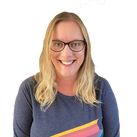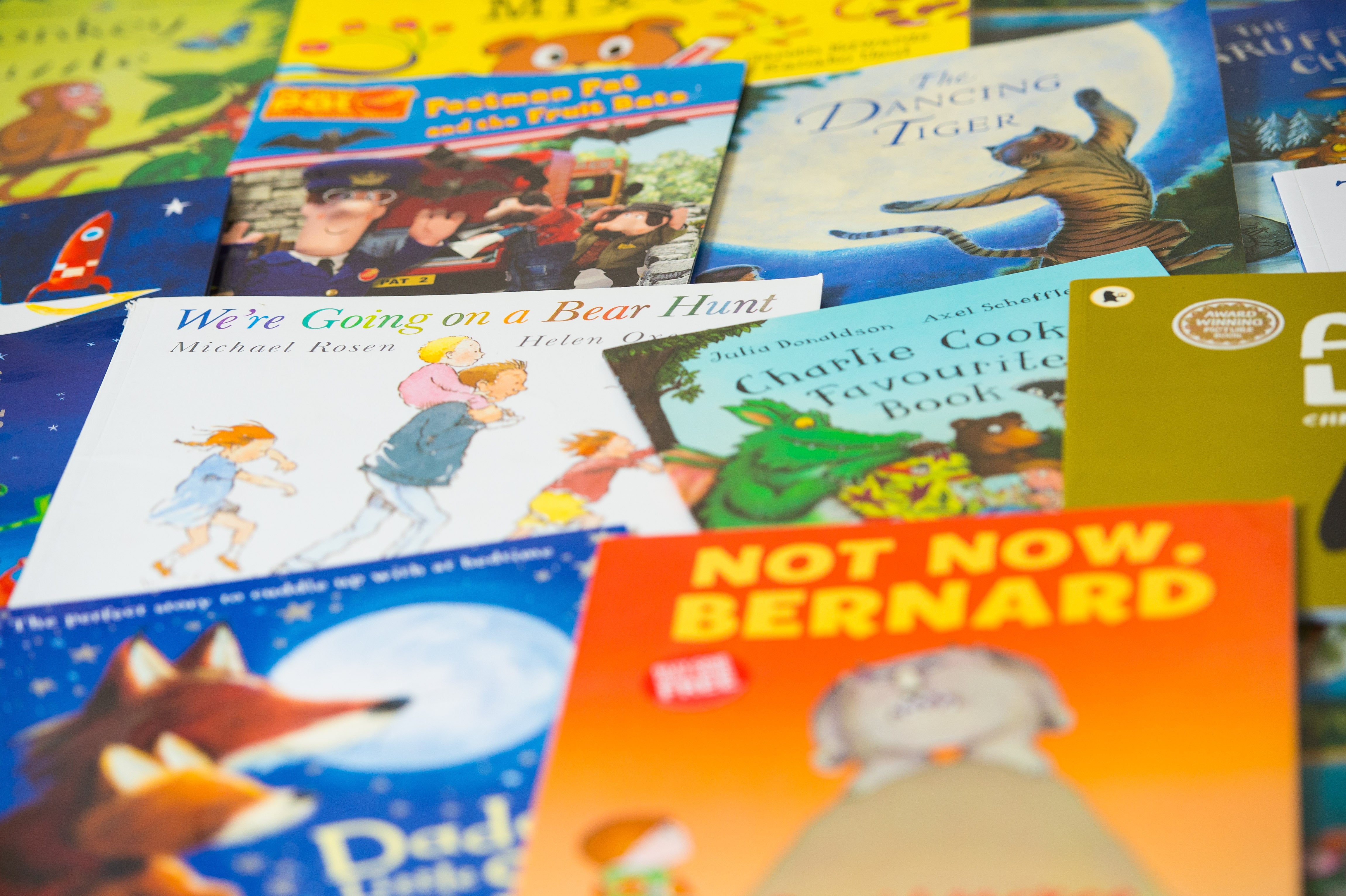It’s not ‘woke’ to read diverse children’s books – every parent should
More modern books can help our children understand the world better, so let’s put aside the nostalgia and move on


Your support helps us to tell the story
From reproductive rights to climate change to Big Tech, The Independent is on the ground when the story is developing. Whether it's investigating the financials of Elon Musk's pro-Trump PAC or producing our latest documentary, 'The A Word', which shines a light on the American women fighting for reproductive rights, we know how important it is to parse out the facts from the messaging.
At such a critical moment in US history, we need reporters on the ground. Your donation allows us to keep sending journalists to speak to both sides of the story.
The Independent is trusted by Americans across the entire political spectrum. And unlike many other quality news outlets, we choose not to lock Americans out of our reporting and analysis with paywalls. We believe quality journalism should be available to everyone, paid for by those who can afford it.
Your support makes all the difference.When you first become a parent, there’s a tendency to reminisce about the books you read as a kid, and daydream about discovering them anew with your own child.
You remember the adventures the Famous Five went on and Charlie’s escapades in the chocolate factory, and it isn’t until you pick those books up again that you realise they’re outdated. Racist, in some cases. Misogynistic, in many. And it isn’t only the values that are problematic, but the representation, too.
White faces as far as the eye can see; every family consisting of one mother, one father and a couple of children (usually one boy and one girl). The Alfie books by Shirley Hughes have some racially-diverse characters, which is a start, but those characters are not front and centre.
In my parenting journey, it wasn’t long before I was seeking out more modern stories, ones that reflect the world we actually live in right now.
I want to show my children a world that is complex, diverse and beautiful – characters with a variety of ethnicities and religious beliefs, with physical disabilities and mental health issues; families with one parent or one child, same-sex parents, kids who are adopted or fostered, kids who live with grandparents.
In addition to this, I want to gently introduce topics they will need to learn about, such as climate change. Fiction is a great way to engage children on environmental issues and get them thinking about things like recycling and reducing their use of plastic.
Oxford University Press (OUP) has recently put together a list of modern children’s books that will help parents to teach their children about global issues and prompt children to ask questions. This has come out of research that found the majority of parents (63 per cent) choose to read books from their own childhood to their children, rather than picking more recent titles. They’re suggesting that we put reality ahead of nostalgia – and as a mother of two, I agree.
When I had my first child, we lived in London and his nursery in Tooting was pretty cosmopolitan. But a couple of years later, we moved to Leicestershire, and – despite Leicester’s diversity – the village where we live and where my children go to school is very white.
It’s crucial for kids like mine to learn about differences in the books they read. But it’s even more important for children from minority groups to see themselves in the pages of the books in their homes, their schools and their libraries. It’s such an easy way to offer them validation and recognition. And it’s an important step away from making those children feel othered.
On a recent trip to our village library, my five-year-old chose two books and I read them aloud to her. One featured a mother with bipolar disorder (Up and Down Mum by Summer Macon), and the other was about a child with one leg and his dislike of other children asking him about it (What Happened to You? by James Catchpole and Karen George).
Our reading led to conversations about mental health and physical disability – real issues all children need to learn about – in a natural and easy way. And I found myself hoping that children living in those situations would find them and feel reassured that they are not alone.
However, we must also reach for books that aren’t solely focused on a character’s race, or sexuality, or disability. In Hayley Scott’s Teacup House series, the main character’s dad is married to a man who has an artificial leg, and her new friend is black. But the books aren’t about these things – they’re about the girl’s toy teacup house and the family of rabbits who live in it and come to life.
Similarly, The Pirate Mums by Jodie Lancet-Grant and Lydia Corry is not about the fact that the main character has two mums, but that they’re pirates. The diversity is just there, in the background, much like in real life.
To keep up to speed with all the latest opinions and comment sign up to our free weekly Voices Dispatches newsletter by clicking here
Despite our own family consisting of a mum, a dad, a son and a daughter, my daughter asks me to read The Great Big Book of Families, by Mary Hoffman and Ros Asquith, over and over again. It’s an accessible book that discusses who can make up a family (”even two people can be a family,” my daughter always reminds me) and where different families might live, or go on holiday, or eat. And I will keep reading it and hope that it will help her in her understanding of the vast array of people she might meet in her life.
With a huge number of great books being published each year that reflect reality and society in various ways, there’s no need to go back and clean up the racism in Enid Blyton, or skip over the troubling aspects of Roald Dahl. We can just abandon the books we find problematic and move on.
Join our commenting forum
Join thought-provoking conversations, follow other Independent readers and see their replies
Comments